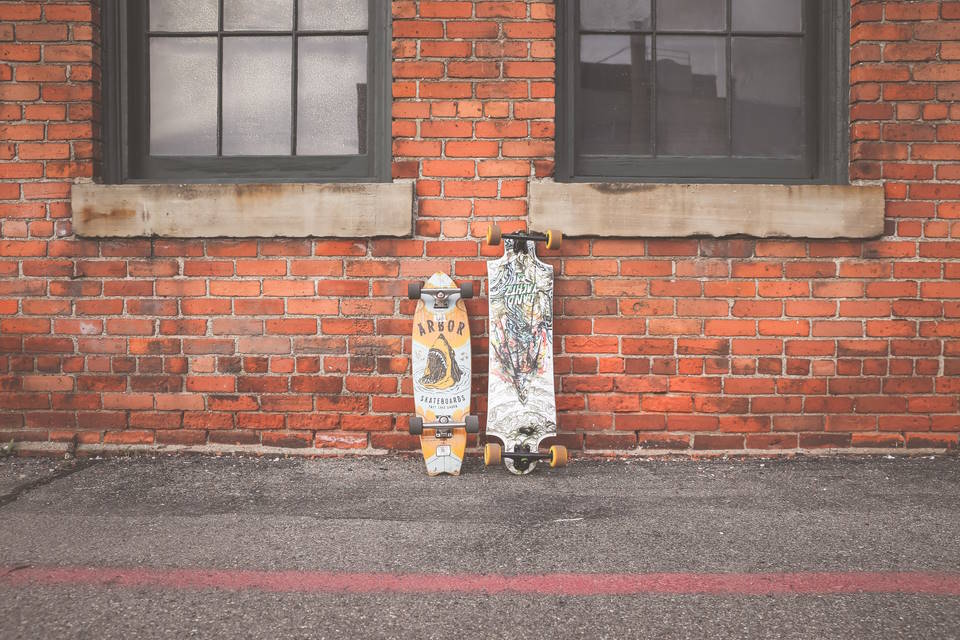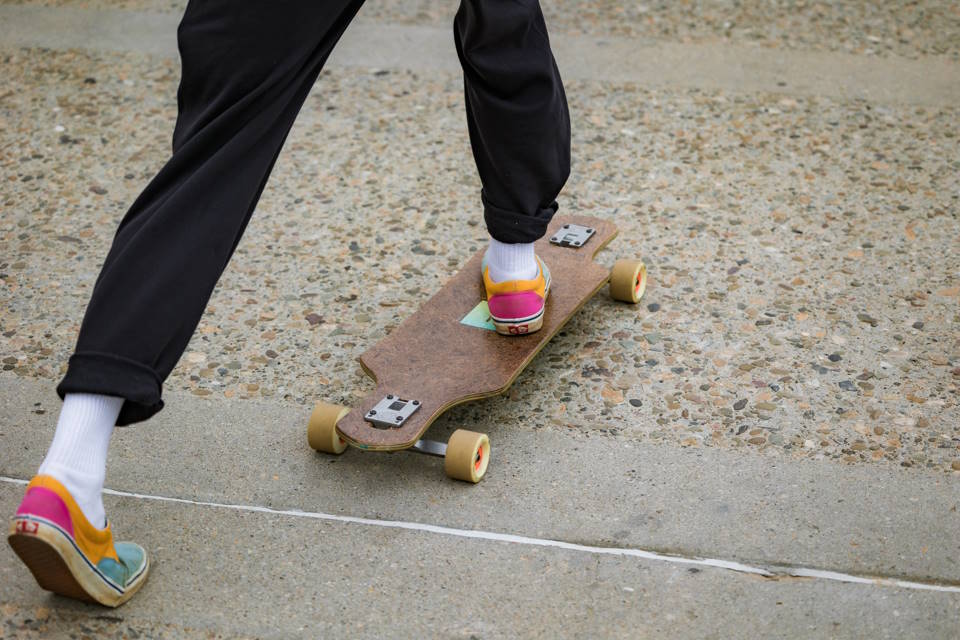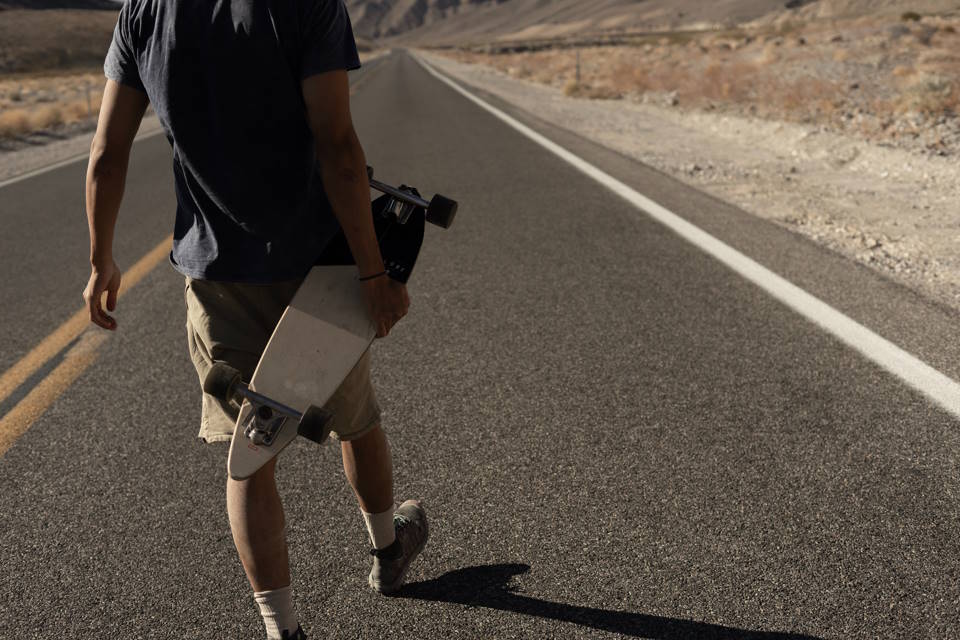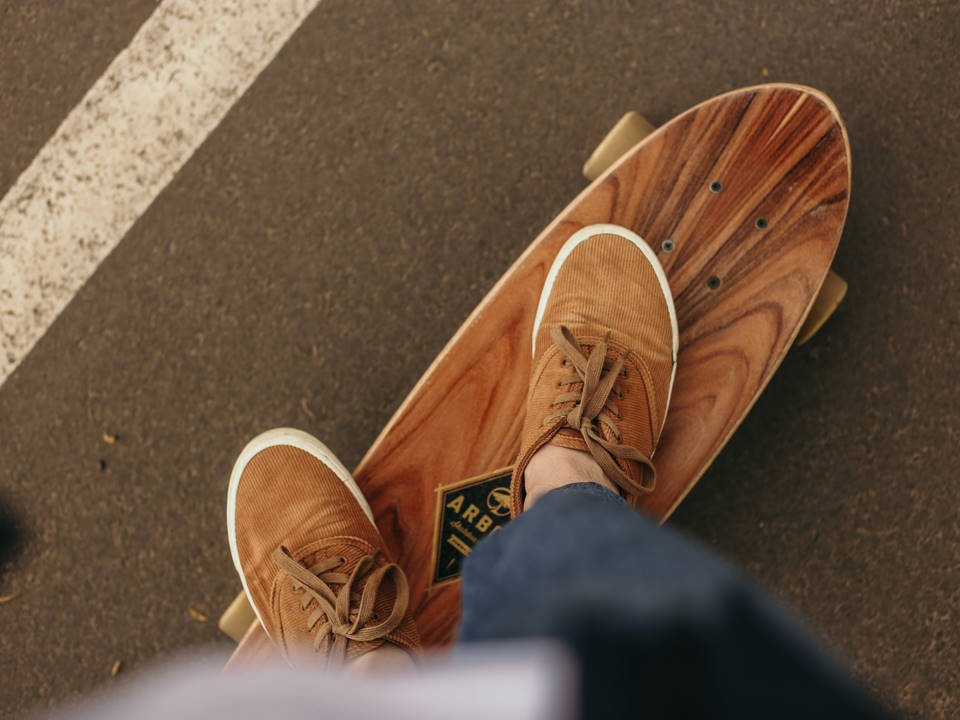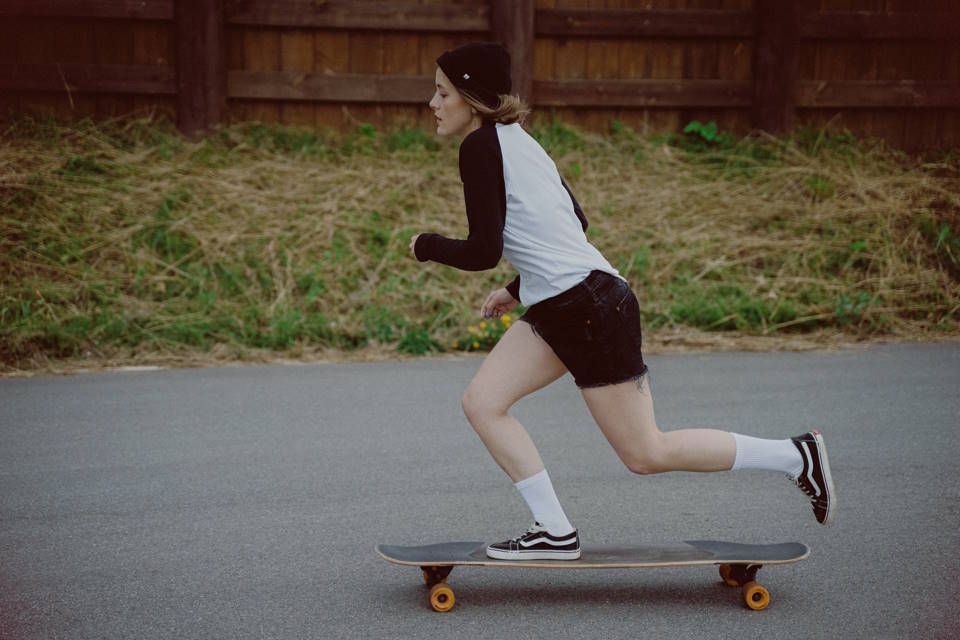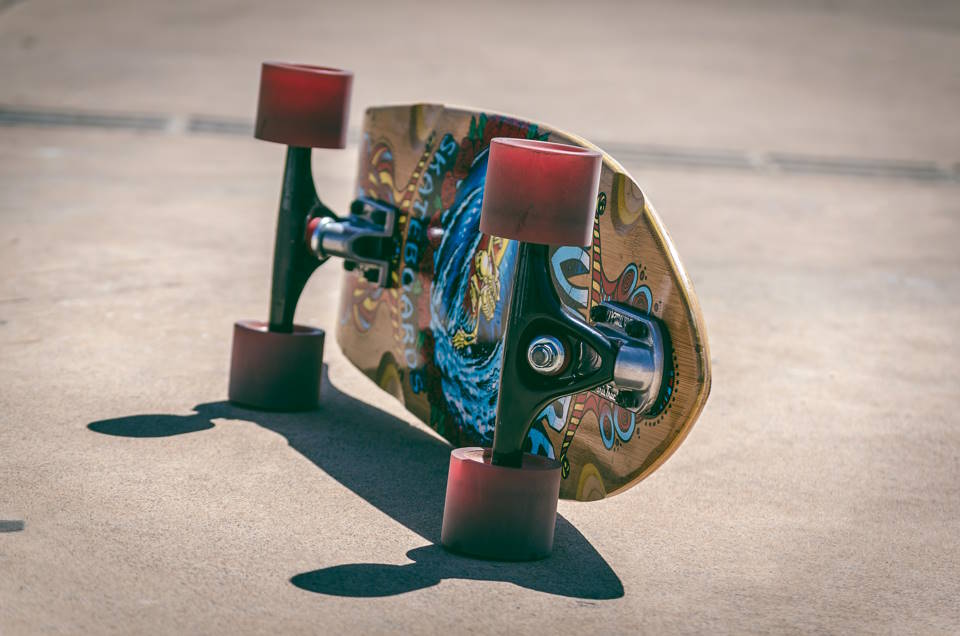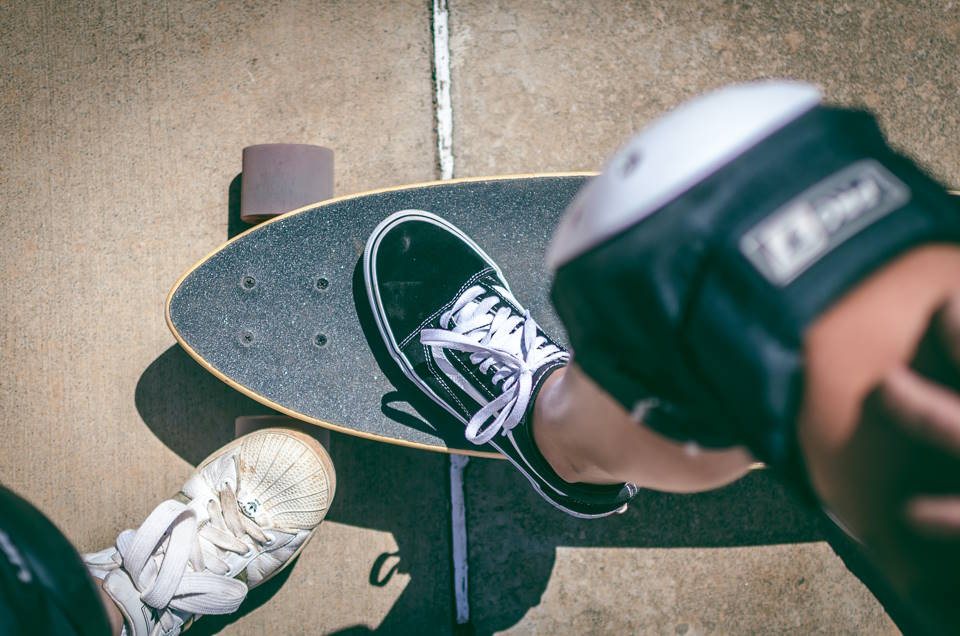Whether you are a newbie or an experienced rider, choosing between a longboard or a skateboard can be quite confusing. While both are great means of transportation and fun, there are some differences that make them unique. Longboards are typically longer and wider than skateboards, making them more stable and suitable for cruising or downhill riding. Skateboards, on the other hand, are smaller, lighter, and more agile, making them ideal for tricks and stunts. We will explore the differences between longboards, skateboards, and cruisers, and help you decide which one is the best for you. We will also answer some frequently asked questions, such as whether you can use longboards in a skatepark, whether you can do tricks on a longboard, and which longboard is better for beginners. So, let’s dive in!
Introduction
When it comes to deciding between a longboard and a skateboard, it can be a little confusing for beginners. Both types of boards look quite similar, but they have distinct differences that set them apart. So, what is the difference between a longboard and a skateboard?
Firstly, longboards are typically longer and wider than skateboards, which makes them more stable and easier to ride. Skateboards are shorter and narrower, which allows riders to perform tricks easier. This is the most noticeable difference between the two boards.
Another significant difference is that longboards are designed for cruising and transportation, while skateboards are primarily designed for trick skating. Longboards are perfect for long-distance rides and transportation, whereas skateboards are better suited for city streets and skate parks where riders can perform various stunts and tricks.
- Longboards are composed of softer wheels and have wider trucks, which make them more comfortable to ride for long distances
- Skateboards come with harder wheels and trucks that are made for stunts and tricks.
- With skateboards, riders can perform Ollies, flips, and grinds, while longboards can’t achieve these maneuvers.
How Can You Tell a Longboard From a Skateboard?
Longboards and skateboards are both popular choices for people who enjoy riding on four wheels. While they may look similar to an untrained eye, there are a few key differences between them.
Firstly, one of the most obvious differences between a longboard and a skateboard is their size. Longboards tend to be significantly longer and wider than skateboards. This makes them easier to balance on, making them a great choice for beginners or those who want to cruise around. Skateboards, on the other hand, are smaller and more maneuverable, making them ideal for doing tricks or for more experienced riders.
- Longboards are longer and wider than skateboards
- Skateboards are more maneuverable
Another way to tell a longboard from a skateboard is to look at their wheels. Longboard wheels tend to be larger and softer than skateboard wheels. This allows them to travel over rougher terrain, such as roads or sidewalks, with ease. Skateboard wheels, on the other hand, are smaller and harder, which makes them better for performing tricks or riding in a skatepark.
| Longboard | Skateboard |
|---|---|
| Larger and softer wheels | Smaller and harder wheels |
Finally, it’s worth noting that longboards and skateboards are designed for different purposes. Longboards are great for cruising or long-distance transportation, while skateboards are better suited for performing tricks or riding in a skatepark. Ultimately, it’s up to you to decide which one is right for you based on your own preferences and needs.
What Is the Difference Between a Longboard and a Cruiser?
If you’re new to the world of skateboarding, you might be wondering what the difference is between a longboard and a cruiser. Both types of boards are used for cruising around, but there are some key differences that set them apart.
Size and Shape: Longboards are typically longer and wider than cruisers, giving riders more stability and a smoother ride. Cruisers are designed to be more compact and maneuverable, making them a great choice for short commutes or quick trips around town.
- Longboards are better for long-distance cruising and downhill riding.
- Cruisers are better for short trips and urban cruising.
Wheel Size and Shape: Longboards usually have larger and softer wheels than cruisers, which help to absorb bumps and cracks in the road. This makes for a more comfortable ride, even over rough terrain. Cruisers have smaller and harder wheels, which are better suited for shorter distances and smoother surfaces.
| Longboard | Cruiser | |
|---|---|---|
| Size | Longer and wider | Shorter and more compact |
| Wheel Size | Larger and softer | Smaller and harder |
Shape and Flexibility: Longboards usually have a flexible deck, which helps to absorb shock and stabilize the board at high speeds. This makes them a good choice for downhill riding and carving. Cruisers typically have a stiffer deck, which makes them more responsive and easier to maneuver in tight spaces.
The choice between a longboard and a cruiser comes down to personal preference and how you plan to use your board. If you’re looking for a board for commuting or getting around town, a cruiser might be the better choice. But if you’re interested in long-distance riding or downhill racing, a longboard might be more up your alley.
Can You Use Longboards in a Skatepark?
Longboarding and skateboarding are closely related sports, but they have some fundamental differences. Skateboarding was developed as a way to surf the streets as an alternative to surfing the waves. Longboarding, on the other hand, evolved from downhill and slalom skateboarding, as riders became interested in speed and stability. Although they have their unique characteristics, many people wonder if longboards are suitable for use in a skatepark.
One of the main differences between longboards and skateboards is the size of the board. Longboards are generally longer and wider than skateboards. They also have larger wheels, which give them a smoother ride and make them more stable at high speeds. Skateboards, on the other hand, are smaller and lighter, making them more maneuverable and suited for doing tricks in a skatepark.
However, this does not mean that you cannot use a longboard in a skatepark. Longboards can be used to carve and ride the bowl, and many longboarders have successfully adapted to skateparks. In fact, some skaters even use longboards to compete in skateboarding events, such as downhill speed races.
If you want to use your longboard in a skatepark, there are a few things to keep in mind:
-
- Make sure you pick a longboard with a shorter wheelbase, as this will give you more control.
- Choose a board with medium hardness wheels, as these will be more versatile and suitable for park terrain.
- Practice your carving and pumping skills before heading to the skatepark. These techniques will help you maintain speed and maneuver around the park.
- Be respectful of other skaters in the park and follow proper park etiquette.
Can You Do Tricks on a Longboard?
Longboard and skateboard have always been the two most popular choices for those who love to ride on wheels. But, are they equally good for performing tricks?
As compared to skateboards, longboards are bigger in size, and that’s why people think that they are not suitable for tricks. However, it’s not entirely true. While it’s true that longboards are not specifically designed for tricks, you can still do some basics moves like carving, sliding, and dancing on a longboard. In fact, longboarding is a great form of dancing on wheels.
That being said, if you want to do advanced tricks like kickflips or ollies, then a skateboard would be a better choice for you. Skateboards are lighter and smaller, which makes them easier to maneuver in the air. Moreover, the concave shape of skateboards provides better grip and control while performing tricks.
So, can you do tricks on a longboard? Yes, you can do some basic moves on a longboard, but for advanced tricks, a skateboard is a better choice.
- Longboards are bigger in size and not designed for tricks, but they are great for dancing on wheels.
- Skateboards are lighter, smaller, and have a concave shape, which makes them better suited for performing tricks.
Should I Start With a Longboard or Skateboard?
If you’ve been bit by the skating bug, you might find yourself asking, “Should I start with a longboard or a skateboard?” The answer is, it depends on what you want to do with your board.
If you’re interested in cruising around town or simply commuting from place to place, a longboard might be more up your alley. Longboards are typically longer and wider than skateboards, making them more stable and easier to balance on. They also come in a variety of shapes and sizes, from pintails to drop-throughs to cruisers, so you can find one that suits your needs.
Longboards are great for:
- Commutes
- Cruising
- Downhill riding
On the other hand, if you’re interested in tricks and mastering technical maneuvers, a skateboard might be a better fit. Skateboards are smaller and more maneuverable, which makes them ideal for tricks like ollies, kickflips, and grinds. They’re also typically less expensive than longboards, which can be a consideration if you’re on a budget.
Skateboards are great for:
- Street skating
- Ramp skating
- Freestyle skating
The decision between a longboard and a skateboard comes down to personal preference and intended use. If you’re unsure which one to choose, consider renting or borrowing both types of boards to get a feel for them before making a purchase. And remember, there’s no right or wrong choice – both longboards and skateboards offer their own unique experience, so it’s all about what you want out of your skating journey.
What Longboard Is Better for Beginners?
When it comes to choosing a longboard as a beginner, it can be overwhelming with so many options available. Longboarding is a fantastic activity that can provide hours of fun, but choosing the right board is essential. A beginner longboard might seem like a simple purchase, but it can make a big difference in how easy it is to pick up and enjoy.
First, the size and shape of the board should be considered. Generally, longer boards are more stable, and shorter boards are more maneuverable. For beginners, a longer board with a wider deck, such as a drop-through or pintail shape, can be more comfortable to ride and offer more stability. Having a stable board can help to build confidence and learn the basics of longboarding.
- Next, the wheels and trucks should be taken into account.
- Softer wheels around 70a – 78a provide a smoother ride and offer more grip, making them a better choice for beginners.
- Wider trucks can make turning easier and more stable.
- It’s important to make sure the wheels and trucks are well-suited to the type of longboarding you want to do, whether that’s cruising or carving.
Finally, it’s essential to think about the quality of the board. While cheaper boards may seem like a good option, investing in a board made from high-quality materials can provide a better experience and last longer. As a beginner, investing in a good longboard can make learning more fun and easier.
- Overall, the best longboard for beginners is one with a wider deck, softer wheels, and wider trucks.
- High-quality materials are also essential to ensure the best experience.
- The type of longboarding you want to do should also be considered when choosing a board.
| Deck Shape | Wheel Hardness | Truck Width |
|---|---|---|
| Drop-through | 70a-78a | 150mm-180mm |
| Pintail | 70a-78a | 150mm-180mm |

